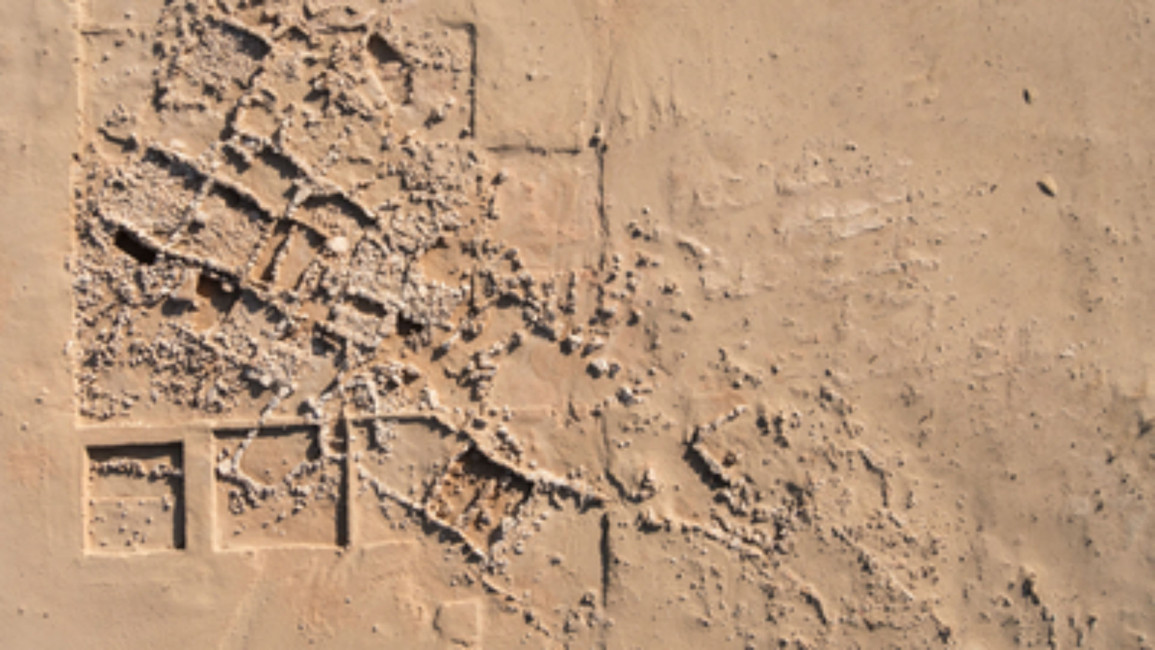Archaeologists discover 7,500-year-old temple city in Kuwait
Archaeologists in Kuwait have uncovered a 7,500-year-old temple city in the northern coast of Kuwait Bay, according to Polish archeologists.
The discovery includes a temple and public plaza, indicating that a complex and advanced society may have existed in the area over seven millennia ago.
The archeological team, led by Professor Piotr Bielinski of the Polish Centre of Mediterranean Archaeology (PCMA) at the University of Warsaw, discovered the ancient structures at the Bahra 1 dig site.
"Indications suggest that it was a building with a cultic (religious) function and it combines elements of the Ubaid culture", said Professor Bielinski.
Although little is known about the Ubaid civilisation, it is believed that they were the first agricultural settlers in the region, which would later be known as Sumer.
Professeor Bielinski added that the spacing between the building "indicates town planning, which is very surprising at a site with such an early date".
The Bahra 1 site in eastern Kuwait is the largest discovered Ubaid settlement in the Arabian Peninsula.
Further investigation into the buildings could prove that they are the oldest of their kind ever discovered.
At least ten other structures and at least 16,000 pottery fragments have been found at the same site.



